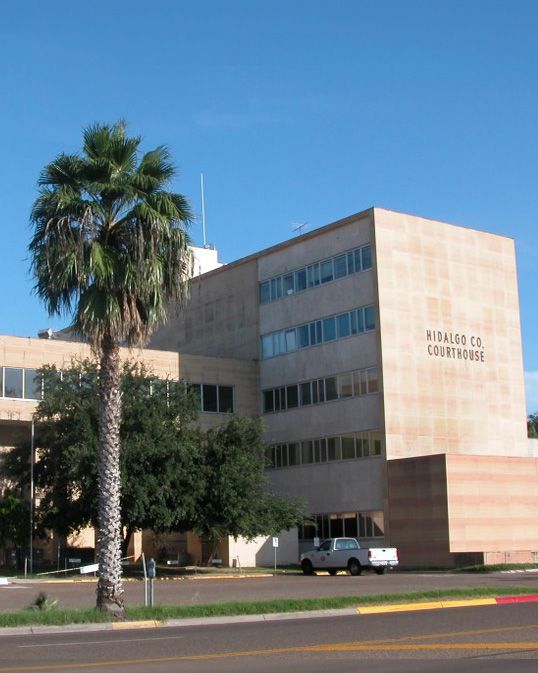I’ve Been in a Car Crash – What Happens if We’re Both at Fault?
LAW BLOG •
Determining liability in a personal injury case like a car accident can be a tough business. In some cases, accidents are clear-cut, and it’s easy to discover who’s at fault – for example, someone driving under the influence of alcohol or drugs striking a legally parked car. However, not all cases are this simple. In fact, more often than not, establishing fault is a tricky and subjective business. So what happens when both parties are doing something illegal in the course of a car crash?
Differing Liability Laws
In order to establish fault, police officers and insurance companies may use the grounds of negligence or recklessness. Negligence occurs when someone carelessly does something that the average person would have the foresight to avoid. Recklessness is when you knowingly do something that could cause harm to another person (for example, getting behind the wheel under the influence).
When both parties carry some degree of fault, states have the option of turning to one of the following rules:
- Pure Comparative Fault states that you may always seek damages, even if you’re partially at fault for the accident. However, the amount of compensation you receive may be comparable to your degree of fault.
- Proportional Comparative Fault says that the person who is the most at fault is not eligible to collect any damages. The least-guilty party may collect compensation proportional to their amount of fault. If the blame is 50/50, neither party can seek damages.
- Pure Contributory Negligence states that you cannot pursue compensation from the accident, even if you’re only 1% at fault and the other driver is 99%.
As you can see, the laws governing liability in a car accident can become complicated quickly.
Establishing Fault in Texas
Texas is what’s known colloquially as a “fault” state, meaning that you’re eligible to pursue damages when you’re injured without restrictions. By contrast, a “no fault” state requires you to incur an amount of damages above and beyond a set limit, i.e. $5,000.
In order to determine fault, lawyers often turn to police reports. A citation may be used as evidence to find the parties responsible for the accident, but it doesn’t necessarily indicate fault. Attorneys will be on the lookout for key phrases, such as “negligence” and “recklessness” to establish who should be found responsible. In general, there are two types of accidents where the determination of fault is almost always cut and dry:
- Rear-Ending. If you rear-end someone, you’re almost always found at fault through negligence. Police officers will say that you failed to assure a clear distance between yourself and the other driver. However, you may share the blame if the other driver had malfunctioning equipment, like inoperable brake lights.
- Left turns. If you’re in a car crash during the course of making a left turn, police officers will almost always say that you made an unsafe turn. In some cases, such as when the other driver runs a red light, you may share the blame with another driver. Even if the driver breaks the law in running a red light, law enforcement may say that you should have the foresight to see them coming and wait.
Choose the Right Law Firm to Secure Compensation
The rules that dictate accident liability can be subjective. An error in police judgment can make the difference between your insurance claim being approved or rejected. Hire an experienced Houston personal injury law firm to help you retrieve the compensation you deserve. Meet with one of our compassionate attorneys in a risk-free initial consultation. We’ll ask you to give the details of your story so we can help you decide the next steps.
The post I’ve Been in a Car Crash – What Happens if We’re Both at Fault? appeared first on GES Injury Attorneys.
Every state limits the amount of time you have to file a claim.
Don't Delay.
Contact the Attorneys at Gordon & Elias, LLP Today to preserve your right to a recovery.
Contact Us
We will get back to you as soon as possible.
Please try again later.
100% FREE CASE EVALUATION
Free Consultation • No Fee If No Recovery



